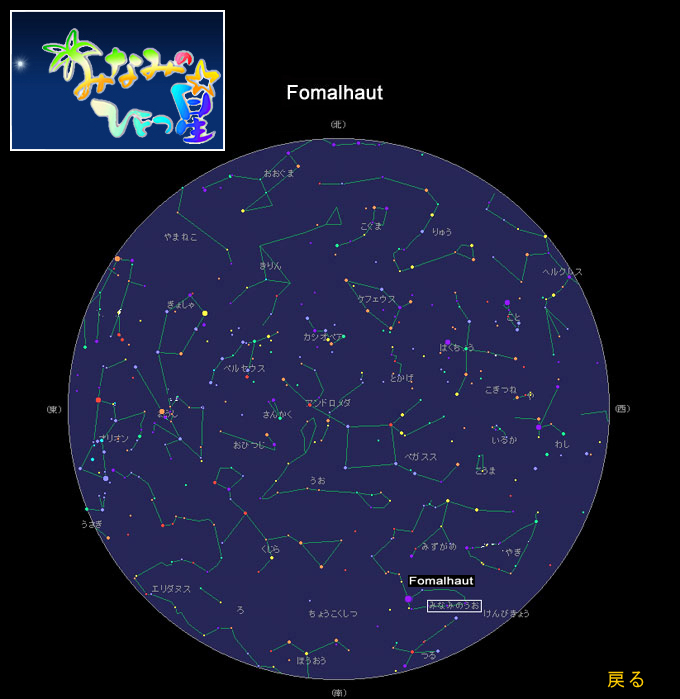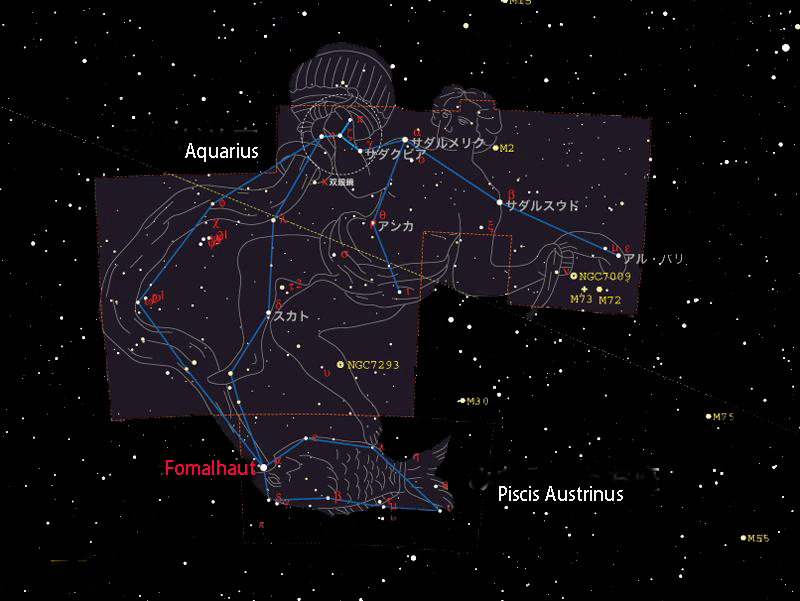Fomalhaut is
It is a star with a visual magnitude of 1.16 mag in the constellation Piscis Austrinus.
Excluding the Sun, it is the 17th brightest star on Earth, about 25.1 light-years away from Earth.
The name Fomalhaut is derived from the Arabic word Famal-Hut, which means "fish mouth". As the name implies, Fomalhaut is located at the mouth of "Piscis Austrinus".
This star is called "Kitaochi Master Gate" in China, "Kitaochi" means "Northern Hedge", and "Master Gate" means "Army Gate". This is because in the Chinese constellations, the summer and autumn constellations are "northern". The north gate of Chang'an castle is called "North Gate" after this.
Looking at the night sky in the Northern Hemisphere on the evening of autumn, there are three first-class stars, Vega, Deneb, and Altair, which make up the Summer Triangle, which is a remnant of the summer constellation, but low in the southern sky. There are few bright stars in the sky, and it seems that only one formal hout is shining.
From here, in Japan, Fomalhaut is called "one star in autumn" or "one star in the south". In northern Europe, where the latitude is higher than Japan, Fomalhaut looks low on the southern horizon, so it is considered to be a star that invites longing for a tropical country like Canopus in Japan.
Since about 2500 BC, Fomalhaut has been one of the royal stars in Persia,
along with Antares, Aldebaran and Regulus. |
|
|




![]()